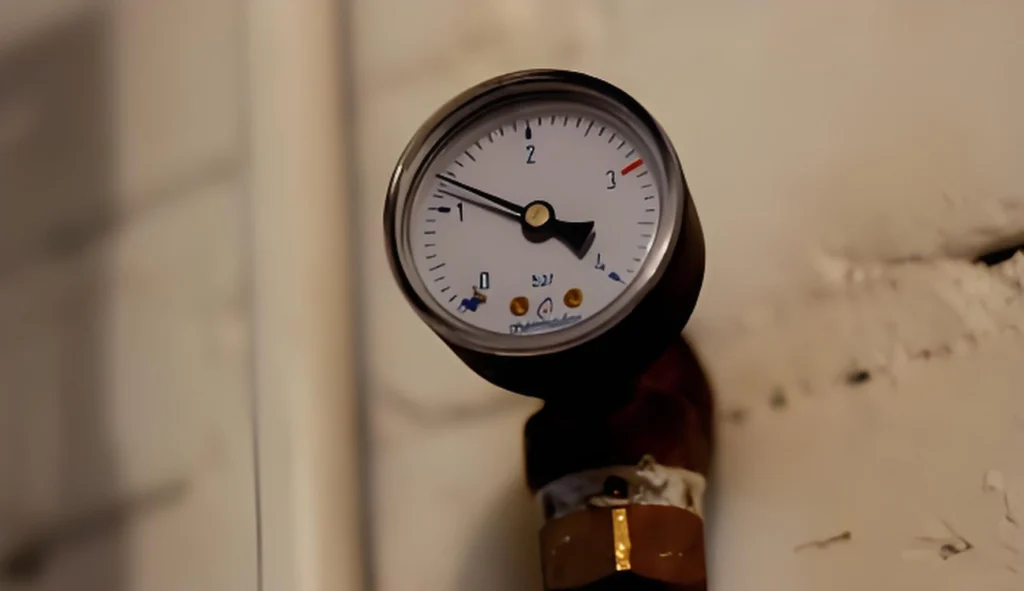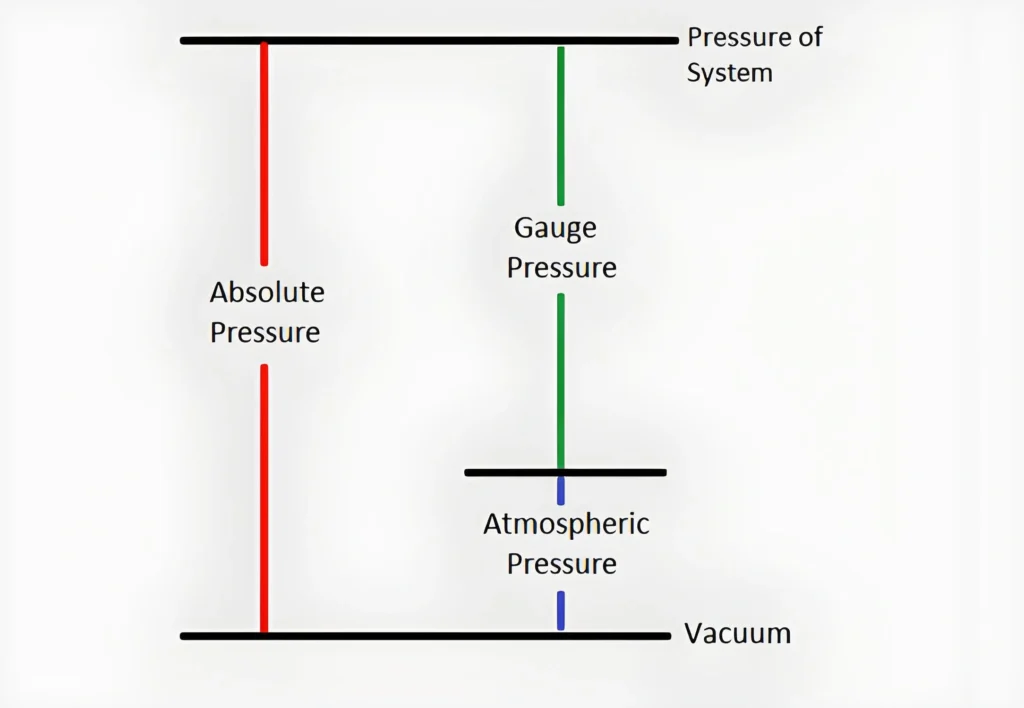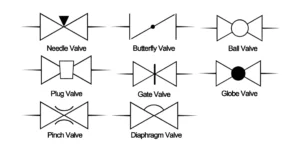In diverse industries, an array of pressure units are employed for measurements. A multifaceted scale proves invaluable in detecting even the most minuscule variations, and this is a key rationale behind the utilization of different units for pressure measurement. One realm where pressure measurement is ubiquitous is in pipeline systems. When dealing with pipelines and valves, pressure is an ever – present factor that demands a comprehensive understanding.
In the piping and related sectors, PSI, PSIG, and PSIA are among the most commonly used units. PSI stands for Pounds per Square Inch, PSIG for Pounds per Square Inch Gauge, and PSIA for PSI Absolute. Many individuals find themselves perplexed when considering the distinction between PSIG and PSI, as these two units share a similar nomenclature. However, it’s important to note that they are far from identical. Substantial differences exist between them, and meticulous care must be exercised when using these units for pressure measurement. tianyu valves
What is PSI?

0.068046 atmospheres
0.0689476 Bar
6894.76 Pascals
Where is it Used?
PSI finds extensive application across a broad spectrum of fields. It is predominantly used for measuring pneumatic and hydraulic pressures. Additionally, it plays a crucial role in water management systems, fire safety valving, and pipelining. This versatile unit is also employed in technical applications such as tire pressure measurement, testing and management operations, and wastewater management. Moreover, it is an essential unit within the valve manufacturing industry.
What is PSIG?

Where is it Used?

What is PSIG vs PSI – The Differences and their Meanings
When the topic of PSIG versus PSI arises, it is essential to consider their standard definitions and how they differ in practical applications. Here are the key distinctions between the two:
| PSI | PSIG |
|---|---|
| A non – SI unit for measuring pressure. | A measure of gauge pressure. |
| Represents the pressure exerted on an object with a surface area of one square inch by a one – pound force. | Measures pressure relative to atmospheric pressure. |
| A standalone unit of measurement. | Measured in terms of PSI. |
| Widely used in the valve and pipeline industry, water management, and fire safety valving. | Commonly applied in the transport industry, especially for tire pressure measurement. |
| Can be converted into other units like Pascal and Bar. | As a relative pressure, it uses units such as PSI and Pascal for measurement. |
| Measured relative to a vacuum. | Measured relative to atmospheric pressure. |
PSIG vs PSI and Valves
Valves have two primary types of pressure ratings: body pressure ratings and close – off pressure. The body pressure rating indicates the maximum pressure that a valve’s main body and stem can endure without leakage. The close – off pressure, on the other hand, is the highest pressure that a valve can maintain across its closing element (such as a ball or disc, depending on the valve type).









